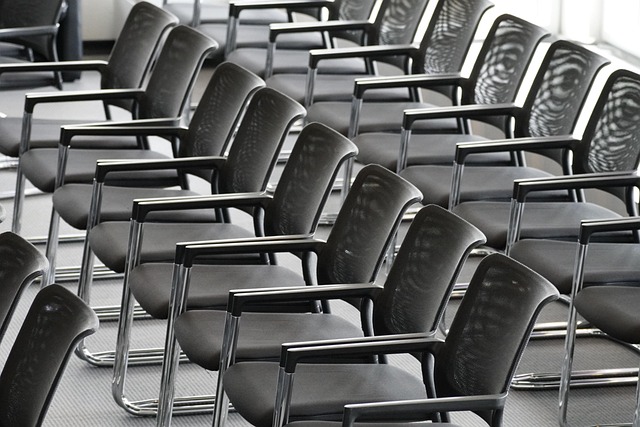
Unlocking Design Efficiency: How Science, Technology, and Workplace Culture Drive Innovation
In today’s fast-paced world, the concept of design efficiency is more critical than ever. It encompasses a symbiotic relationship between science, technology, and workplace culture that drives innovation across various fields. When we harness the power of these three elements, we unlock the potential for creativity and productivity, ultimately leading to groundbreaking solutions.
The Role of Science in Design Efficiency
Science serves as the foundation of design efficiency. By applying scientific principles, designers can better understand human behavior, ergonomics, and environmental impacts. Research in psychology, sociology, and cognitive science informs how we design products and spaces that are not only functional but also intuitive and user-friendly.
For instance, by utilizing data from user studies and experiments, designers can iterate on their concepts with precision. The scientific method encourages a rigorous approach, enabling teams to test hypotheses and refine their solutions based on empirical evidence. This iterative process not only enhances creativity but also streamlines workflows, paving the way for more efficient designs.
Technology as a Catalyst
In conjunction with science, technology plays a pivotal role in achieving design efficiency. Advanced software tools, simulations, and platforms allow designers to visualize ideas quickly and collaborate seamlessly. With the advent of 3D modeling, virtual reality, and AI-driven analytics, designers can experiment with countless iterations in a fraction of the time it once took.
Moreover, technology fosters communication and collaboration among teams. Cloud-based tools enable multidisciplinary teams to work together in real-time, breaking down silos and promoting innovative thinking. This interconnectedness can lead to unexpected breakthroughs that push the boundaries of design and enhance overall efficiency.
The Influence of Workplace Culture
While science and technology provide the tools, it’s workplace culture that determines how effectively they are utilized. A culture that encourages experimentation, values diverse perspectives, and champions open communication can significantly enhance design efficiency. When team members feel empowered to share their ideas and challenge the status quo, creativity flourishes.
Establishing a workplace environment that prioritizes psychological safety is key. Leaders should cultivate a culture where failure is not feared but embraced as part of the innovation process. Encouraging cross-disciplinary collaboration and creating spaces that inspire creativity can further ignite the spark of innovation. The right culture promotes not just individual brilliance but collective ingenuity.
As we delve into the realm of design efficiency, it becomes clear that the interplay of science, technology, and workplace culture is essential for driving innovation. By understanding and optimizing these elements, organizations can position themselves at the forefront of their respective industries, creating solutions that resonate with users and adapt to ever-changing demands.



